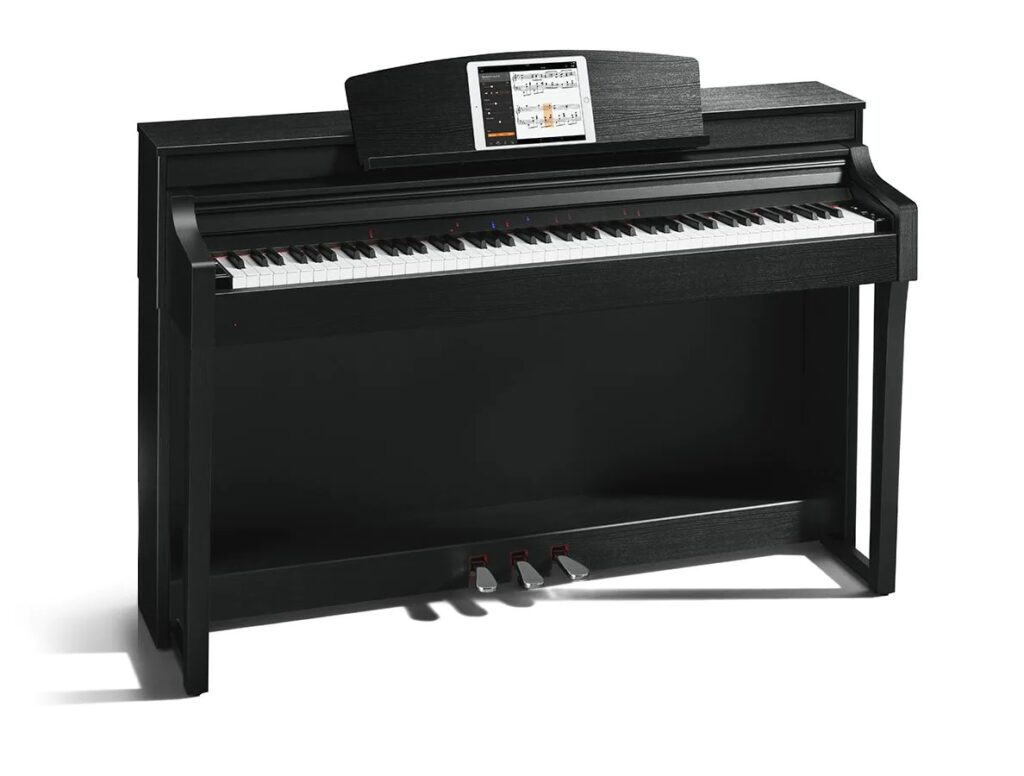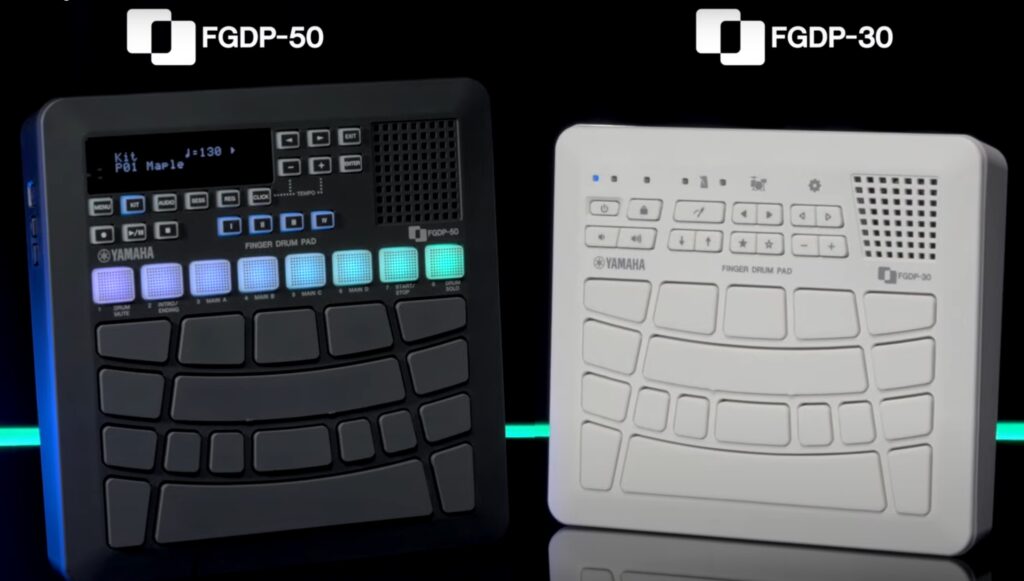At long last, my Yamaha CSP-170 Smart Piano arrived!
Classic Pianos Bellevue
Before saying anything else, I want to give a shout-out to Classic Pianos in Bellevue, Washington. I got a friendly and welcoming reception when I visited their showroom in August during my piano quest. I like to support local dealers when possible and Classic Pianos left me with a very positive first impression. [They had to endure my banging around, too.]
So, when I heard about close-out pricing on CSP-100 series pianos, I gave them a call. They checked out the situation with Yamaha and offered the reduced price on the Yamaha CSP-170B (matte black) model. The only catch was availability because they needed to place an order with Yamaha. Classic Pianos staff were helpful and courteous during the wait — even checking on the status of their order with Yamaha.
Classic Piano rolled in “white glove” delivery which I did not expect at the close-out price. CSP pianos are quite heavy and assembly would have been a real chunk for two 70 year-olds. Thus, I’m really grateful for the extra service. Martinson Piano Moving handled delivery and in-home set-up.
At this point, all is well. Thank you, Classic Pianos (Bellevue).
Why CSP-170?
Yeah, why? The CSP-170 is the “old” CSP-100 series, right?
If you read my reviews of the Yamaha P-515 and CLP-785, you’ll know that I like the NWX keyboard action and the CFX/Bösendorfer piano sounds. I would have loved to buy the CLP-785, but its price is above my target budget.
My biggest beef with the P-515 (and the CLP series, for that matter) is the relative paucity of secondary sounds. Once you’ve tasted Yamaha MODX or Genos, you know what Yamaha is capable of. The P-515 XG sounds are sufficient for playing back XG MIDI files, but the voices aren’t up to the same quality level as mid- to upper-range Yamaha arranger keyboards or synths.
When the CSP-100 series was first announced, they struck me as innovative, but price-y. The CSP-170 (and 150) secondary sounds are roughly the same as the PSR-SX700 arranger. The extra sounds pushed the initial CSP-170 price ($5,400 USD) above the somewhat comparable CLP-745 (as far as base piano and sound system are concerned.)
Yamaha announced and began shipping the CSP-200 series last Summer. The second generation CSPs have a larger secondary sound set and GrandTouch keyboards. Pricing with respect to CLP remains high due to the CSP’s extra features.
For whatever reason, CSP-100 series were (are?) overstocked. [You can still find close-out CSP-150 and CSP-170 pianos today.] Yamaha reduced the price of the CSP-170B (matte black) model to $3,600 USD. A P-515 package for home costs about $2,000. So, the $1,600 delta above the P-515 buys a very nice cabinet, a superior amplification system, auto-accompaniment, learning features (stream lights) and a wealth of high-quality secondary sounds. Buying a CSP-170 for $3,600 is a bit of a “no brainer”, if you don’t want or need quasi-portability.
As I mentioned, the only catch is availability and waiting time. In a recent earnings call with financial analysts, Yamaha admitted that they have inventory issues and are over-stocked in certain specific product categories (e.g., entry-level digital pianos). Some of the glut is pandemic-related; some excess inventory is due to a slowed Chinese economy. Yamaha may be shifting stock from far away, for all we know. My CSP-170 was manufactured (Indonesia) in November 2022. I’d love to know its history!
Here I am today, a happy camper. I’ll be posting my initial impressions as a new owner/player and will have more to say about the Yamaha Smart Pianist app. Please, stay tuned and thanks for reading.
Copyright © 2023 Paul J. Drongowski


